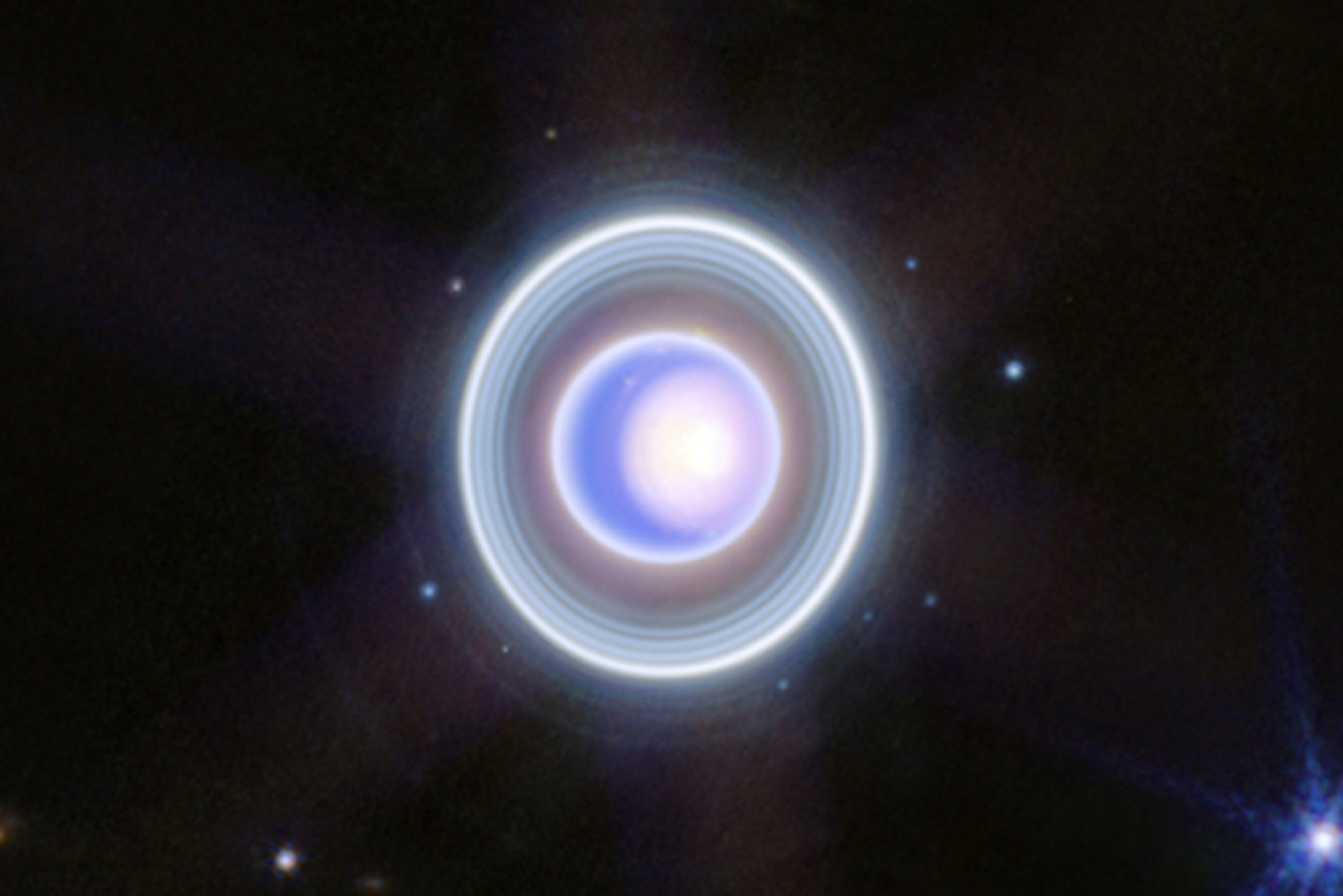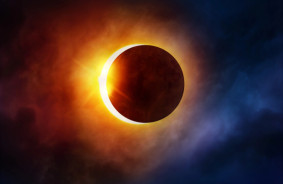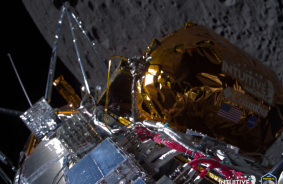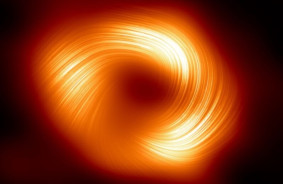Thanks to ground-based telescopes, astronomers have discovered three previously unknown satellites in space around Uranus and Neptune: one orbits Uranus and two orbit Neptune. Thus, the official number of Uranus satellites is 28, and Neptune has 16.
The moons are yet to be officially named, but according to tradition, the new Uranus satellite will be named after characters from Shakespeare's works, while Neptune's satellites will be named after the sea nymphs Nereids from Greek mythology.
"The three recently discovered satellites are the faintest ever found around these two planets - giant ice with the help of ground-based telescopes. Special image processing was required to detect such faint objects," says astronomer Scott Sheppard of the Carnegie Science Institute.
In recent years, Jupiter and Saturn have dominated the race to find new moons, while Neptune and Uranus have been neglected. The two outer ice planets are far from Earth, making it difficult for spacecraft to travel to them. They are also difficult to see with telescopes - their understanding is more limited than the other five worlds closer to Earth.
The new Uranus Moon, first noticed during observations using one of the "Magellan" telescopes in November 2023, was confirmed by data dated 2021. It was temporarily named S/2023 U1, and is the first new Uranus Moon discovered in over 20 years. Its diameter is about 8 km, making it the smallest of Uranus's satellites and one of the smallest known satellites in the Solar System. Its orbital period is 680 days.
The brighter of the two Neptune satellites, temporarily designated S/2002 N5, was first noticed during observations by "Magellan" in September 2021, and then again in October with subsequent observations in 2022 and 2023. Its diameter is 23 km, and the orbital period is 9 years.
The smaller of the two new Neptune satellites was noticed in 2021 using the Subaru telescope. It was temporarily named S/2021 N1, has dimensions of 14 km in diameter with a rotation period of 27 years around the planet.
The recently discovered moons suggest that Uranus and Neptune have families of outer satellites in configurations similar to Saturn (146 known satellites) and Jupiter (95 known satellites). This indicates a similarity in the formation of these satellites with families of larger planets.
The new celestial bodies belong to groups of satellites with similar orbits. S/2023 U1 is located near Caliban and Stefano. S/2002 N5 correlates with the orbits of Sao and Laomedeia, and the orbit of S/2021 N1 is similar to the orbits of Psamathe and Neso.
None of the orbits are exactly the same, but the similarity suggests that each of these moon groups may have once been a single object captured by planetary gravity before breaking into parts. If so, there may be much smaller satellites in each group that are difficult to find. This discovery is another compelling reason to send probes to the outer reaches of the Solar System.
Source: Science Alert













Comments (0)
There are no comments for now